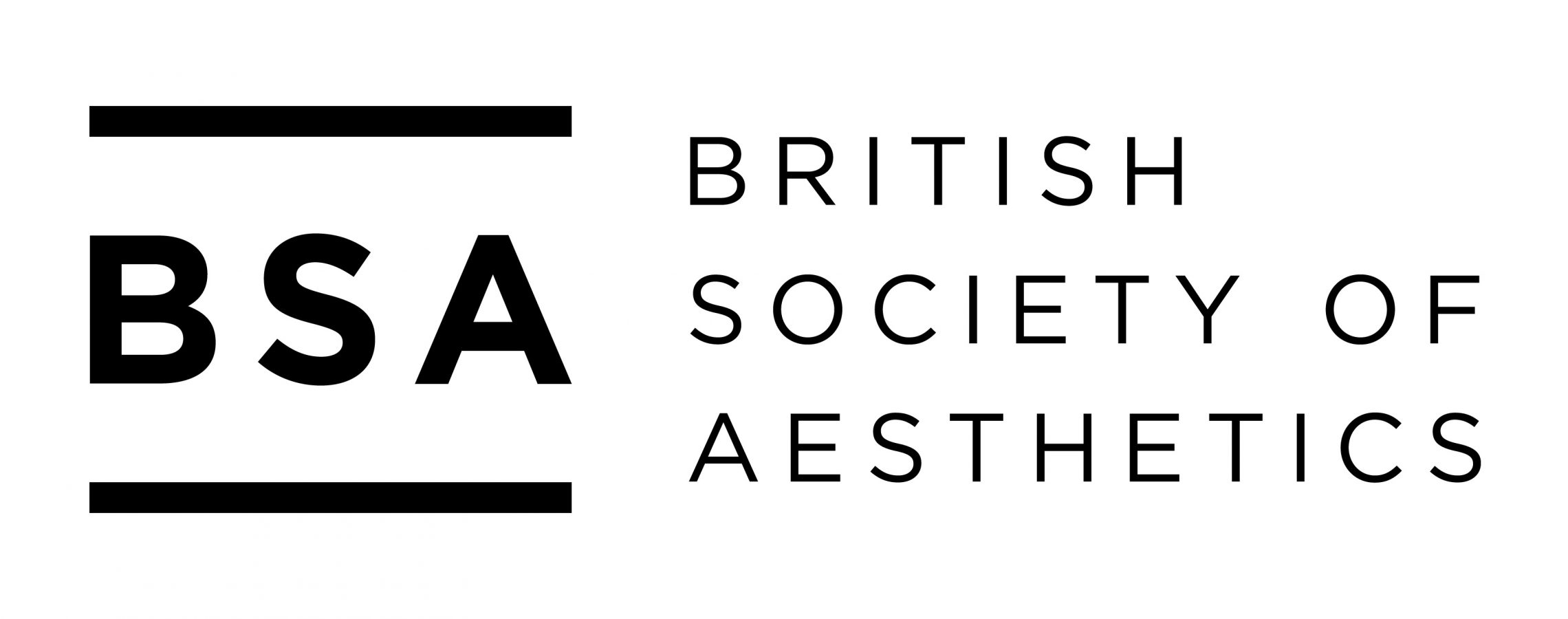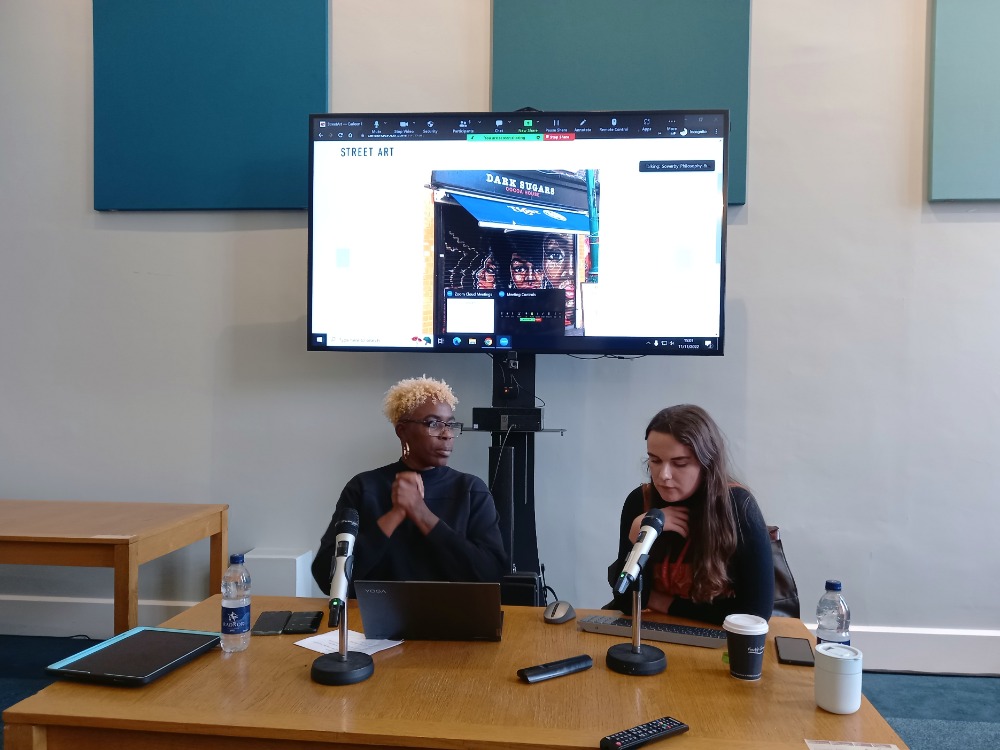10-11th November 2022, King’s College London.
Sponsored by the British Society of Aesthetics and the Centre for Philosophy and Art, the workshop challenged researchers to discuss concepts of public art, public space, memorialisation, and monumentality. In the course of two days, we welcomed 50 participants from different academic backgrounds and 11 conference presentations. The programme included a very diverse range of talks, which brought to light various aspects of what makes an artwork public. In their talks, the speakers often complemented philosophical insights with contributions from art history and social sciences, while the final talk, by the street artist Carleen de Sözer, introduced a fresh perspective into what it means to make public art.
Several speakers discussed the ways in which public art represents certain communities and contributes to the construction of collective identities and narratives. Based on her ethnographic work, Sreelakshmi Santhini Bahuleyan (Indian Institute of Technology Guwahati) critically examined the representation of migrant farming communities in Kerala in C. F. John’s project Let Me Come to Your Wound, Heal Myself (2020). Whereas Sreelakashmi Santhini Bahuleyan praised this project for combating geographical exclusion and elitism in the access to the arts, Alfred Archer (Tilburg University) argued that public art can also contribute to the marginalisation of specific communities by consigning them to the past and rejecting their continued relevance in a modern world, pointing as examples to representations of industrial workers and Native Americans.
Noting that in many cases death is a contested political terrain, Michael Cholbi (University of Edinburgh) explored the difficulties surrounding the memorialisation of the Covid dead and examined the US AIDS memorial quilt as an example of a work that succeeds in fostering ‘affective solidarity’ among the living and the dead, a species of solidarity rooted in recognition of shared vulnerability to death and bodily catastrophes. Focusing on Christo and Jeanne-Claude’s art interventions, Cristina Parapar (Sorbonne University) proposed an interpretation of public art as a form of ‘relational aesthetics’ (Nicolas Bourriaud) that contributes to the symbolic construction of public space as an ‘agonistic space’ (Chantal Mouffe), where competing political projects clash.
Addressing the problem of the persistence of public art through time, Jakub Stejskal (Masaryk University) defined the goals of monumentality, taking as a starting point the artist’s intent to make a work whose public significance perseveres beyond its immediate context, across vast stretches of time. While Jakub Stejskal focused on the durability of public art, Chong-Ming Lim (Nanyang Technological University) examined is accessibility, exploring the relation between public art and the right to the city. Sailee Khurjekar (Birkbeck University) shifted the perspective from the adult observer to that of the child, questioning the risks and benefits of exposing children to works of public art, while Adam Woodcox (Southern Alberta Institute of Technology) defended the extension of the concept of ‘public space’ to include digital artworks, presenting Reddit’s 2017 and 2022 project Place as an example of a digital artwork grounded on a network of communication and collaboration within and between online communities.
The keynote speeches helped to broaden the debate, with Vid Simoniti (University of Liverpool) exploring the way in which artworks that do not conventionally fit into the category of ‘public art’ can, nonetheless, serve as allegories of public life, while Sarah Hegenbart (Technical University of Munich) enquired if collectives can constitute aesthetic forms, focusing on the contemporary art exhibition Document fifteen. Finally, the street artist Carleen de Sözer closed the workshop with a talk about her personal experience of using the street as a canvas and the way in which local communities and surroundings interact with her work.
The organisers:
Beatriz Rodrigues (King’s College London)
Colette Olive (King’s College London)
BPA/SWiP statement:
The organisers were committed, throughout the workshop, to achieve gender parity and diversity amongst the speakers, which resulted in the following distribution:
- Of the 11 speakers, 5 (45%) were women.
- Of the 3 keynote speakers, 2 (66%) were women.
- Of the 11 speakers, at least 4 (36%) were from a BAME background.
- Of the 11 speakers, 3 (27%) were graduate students.


